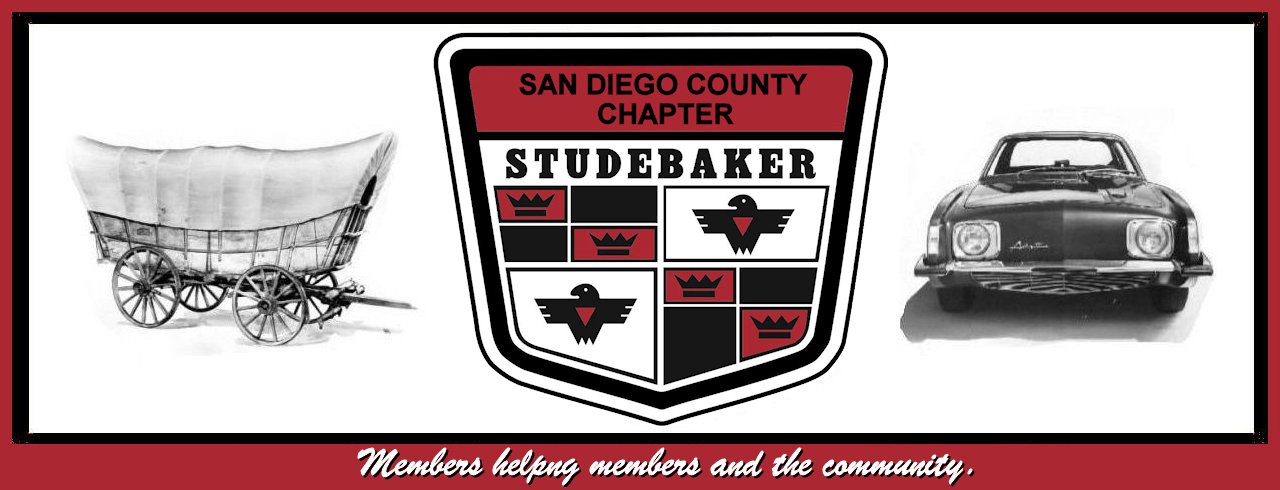Mike,
I thought that the 289, being bigger and much more powerful and hence not really needing to prove itself to the lowly underpowered and underachieving 259, would therefore not have to assert its 289 bravado to the level the 259 would be striving for. The 259 is always having to work harder to prove itself to the larger, younger brother 289. We can see that the 259 is always going to be noisier as it makes feeble attempt after feeble attempt to try to overshadow its bigger brother. That, then would mean that the 289 would carry with it an inherent "quiet giant" attitude and not be as noisy as the diminutive 259. Any normal person can see that this is nothing more than a sibling rivalry gone terribly wrong.
sals54

I thought that the 289, being bigger and much more powerful and hence not really needing to prove itself to the lowly underpowered and underachieving 259, would therefore not have to assert its 289 bravado to the level the 259 would be striving for. The 259 is always having to work harder to prove itself to the larger, younger brother 289. We can see that the 259 is always going to be noisier as it makes feeble attempt after feeble attempt to try to overshadow its bigger brother. That, then would mean that the 289 would carry with it an inherent "quiet giant" attitude and not be as noisy as the diminutive 259. Any normal person can see that this is nothing more than a sibling rivalry gone terribly wrong.
sals54

 I have lots of book knowledge, but the practical stuff is harder coming.
I have lots of book knowledge, but the practical stuff is harder coming.

 ]
] We've got to quit saying,
We've got to quit saying, 


Comment